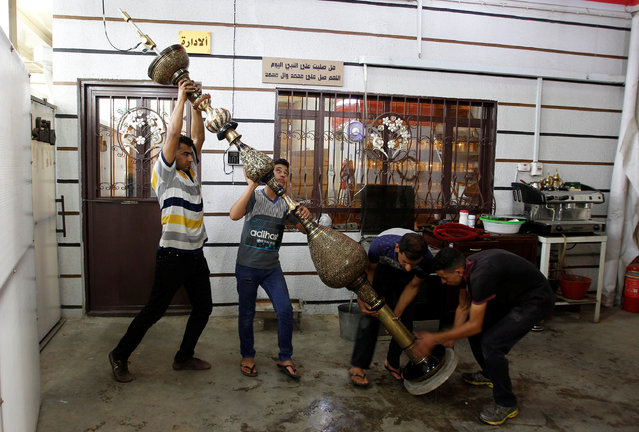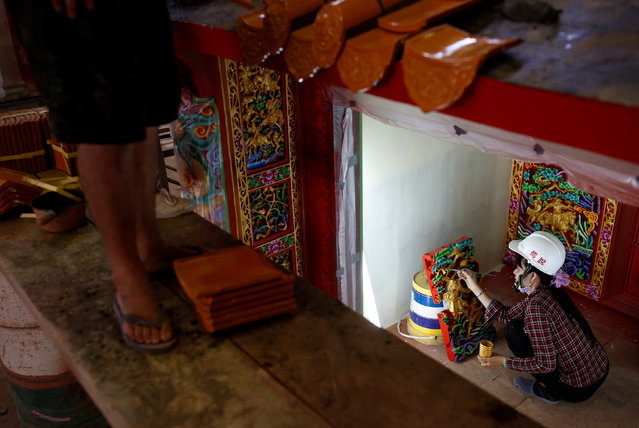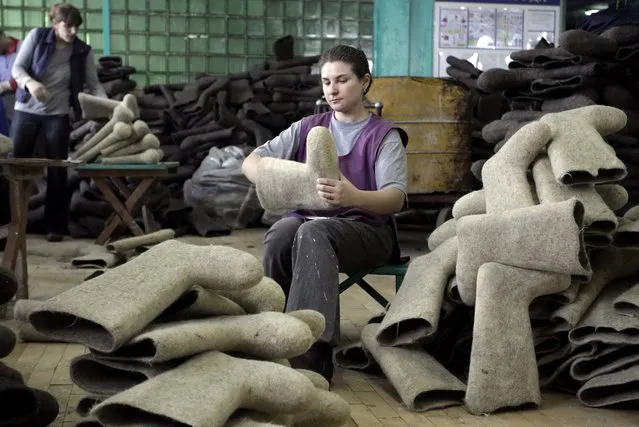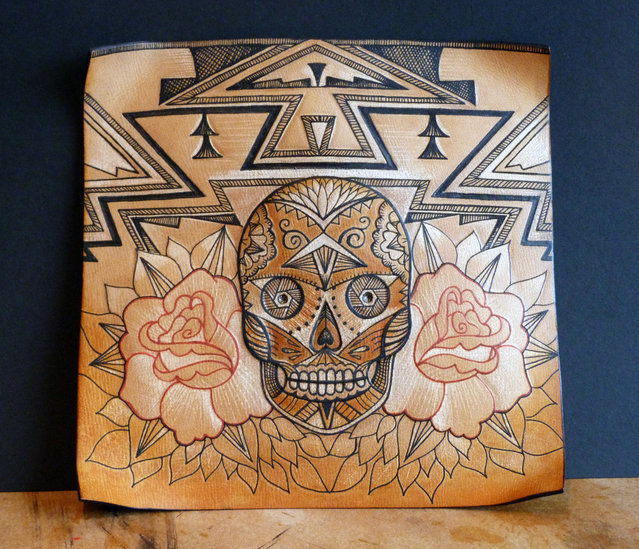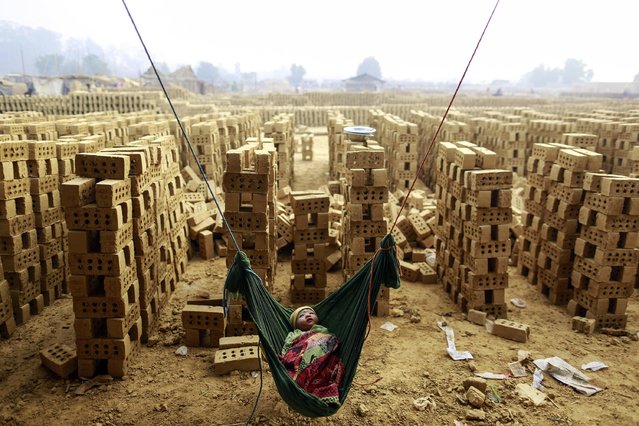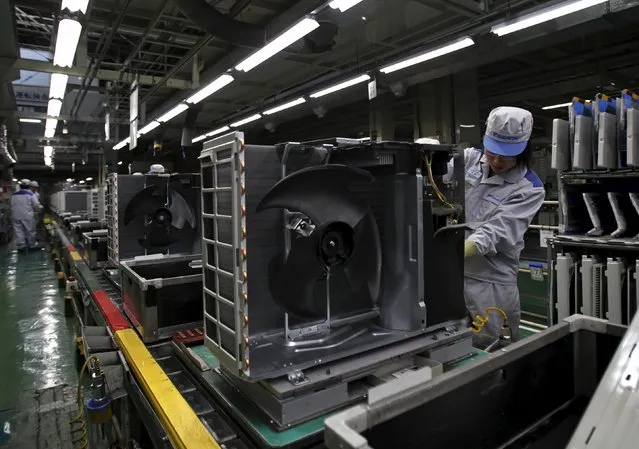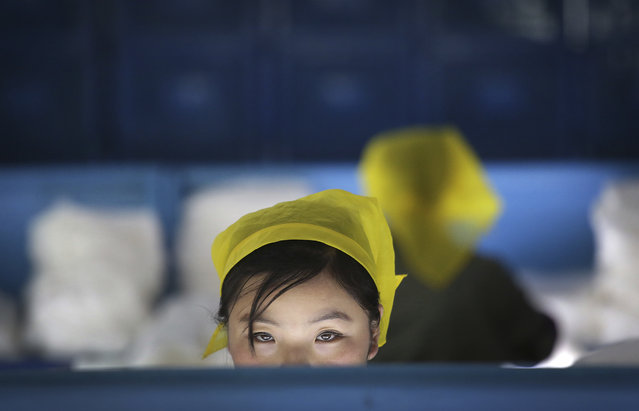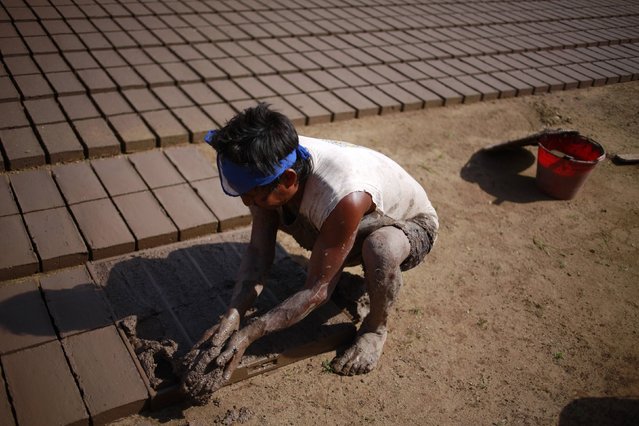
A worker settles mud in a mold to make bricks at a brick factory in Tixtla, on the outskirts of Chilpancingo, in the Guerrero state, January 26, 2015. The worker earns a salary of 15 Mexican pesos, or one dollar, for every 100 bricks made on a working day of at least 5 hours. (Photo by Jorge Dan Lopez/Reuters)
28 Jan 2015 11:33:00,post received
0 comments

